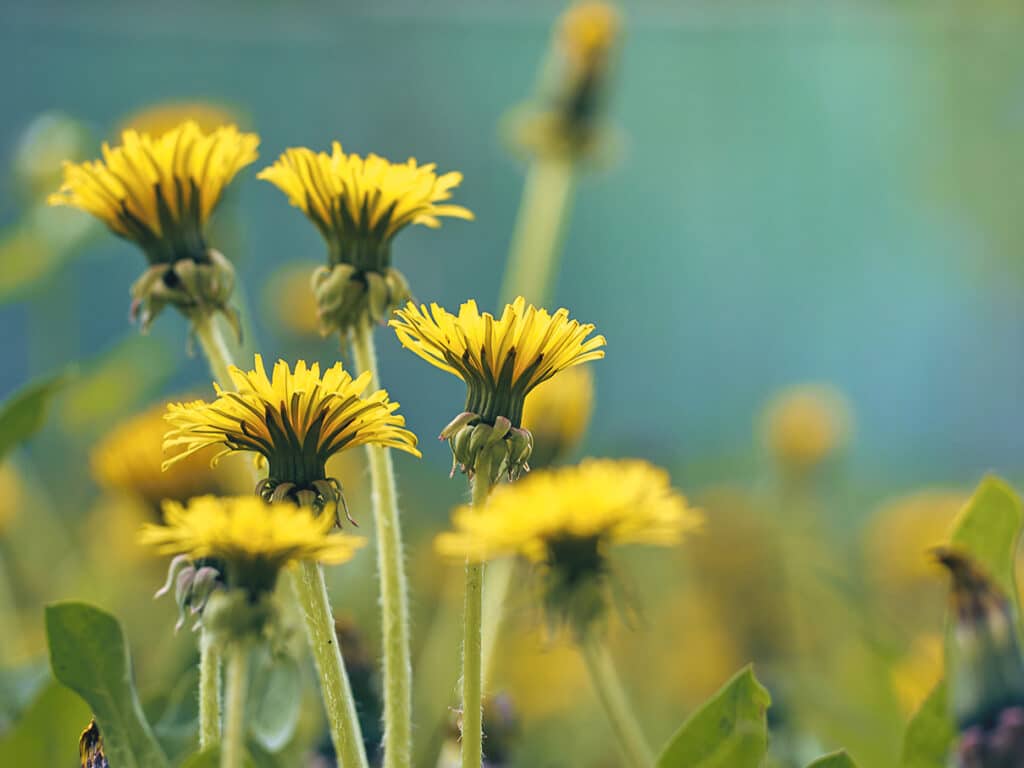
We live our lives around the solstice, be it the longest day or the shortest day. The recent Christmas celebrations marked not only the Incarnation but also the relief that the long hours of darkness had passed, and we could look forward to increasing daylight. Our planet’s path around the sun marks the changes between light and dark, warm and cold. It is a very important path, not only influencing farming, but also our health.
Exposure to natural light, particularly sunlight, plays a crucial role in maintaining a healthy circadian rhythm. The solar year influences our sleep-wake cycle, hormonal balance, and overall wellbeing.
During the longer days of spring and summer, increased exposure to sunlight stimulates the production of vitamin D in our bodies. This essential vitamin is crucial for bone health, immune function, and mood regulation. The light half of the solar year becomes a natural source of vitality and resilience for individuals.
Conversely, as the solar year transitions into autumn and winter, the reduction in daylight can impact mental health. Seasonal Affective Disorder (SAD) is a recognised condition characterised by feelings of depression and lethargy that typically occur during the darker months. Harnessing the solar year’s influence, individuals can incorporate strategies such as light therapy and outdoor activities to mitigate the effects of reduced sunlight exposure during the darker months.
The transitional seasons of spring and autumn are times when our bodies have to adapt to the increasing light or the increasing darkness. Because of this we are more prone to illness during these seasons and community awareness of this gives rise to expressions such as “change not a clout, ‘til May is out”.
The days gradually get brighter during January and this year we can look forward to celebrating the feast of Brigid, ‘The Mother of the Gael’. One custom associated with Brigid is the ‘brat Bríd, which is a piece of cloth left on a bush or windowsill overnight on the eve of Imbolg so that Brigid, on her journey through the land can bless it. This cloth carries Brigid’s healing power and was used for relieving headaches by wrapping it around the head and was also given to a woman to ensure a successful birth and so she had sufficient milk to feed her newborn. This need to have sufficient milk for the young is also evident in the dandelion being called Brigid’s flower. The common dandelion starts appearing in grazing pastures by the end of January. It is a galactagogue. This means it increases milk yields and sheep love it, hence improving their ability to nourish their offspring.
Humans also benefit from dandelion as an entry in ‘Medical News Today’ informs us that dandelions:
• Provide antioxidants. Antioxidants serve to counteract the negative effects of free radicals. Free radicals are naturally produced by the human body but can inflict harm by hastening ageing or the advancement of certain diseases. Dandelions contain beta-carotene, an antioxidant that aids in cell protection. Carotenoids, such as beta-carotene, have been shown to play an important role in decreasing cell damage. Dandelion flowers are also high in flavonoids and polyphenols, both of which are antioxidants.
• Reduce cholesterol. Dandelions contain bioactive chemicals that may aid in cholesterol reduction. In vivo and in vitro studies have revealed that dandelion may help lower blood lipids including cholesterol and triglycerides.
• Can help to regulate blood sugar. Some research has shown promise in this area but there is a lot more to be done. Initial research attributes the anti-diabetic effect to bioactive chemical components; these include chicoric acid, taraxasterol (TS), chlorogenic acid, and sesquiterpene lactones.
• Reduces inflammation. Lab based research has shown that chemicals found in dandelion help reduce inflammation.
• Lowers blood pressure. Dandelion contains potassium which helps in reducing blood pressure.
• Are incredibly nutritious plants that are high in vitamins, minerals, and fibre from root to blossom. Dandelion greens can be consumed cooked or raw and are high in vitamins A, C, and K. They are also high in vitamin E, folate, and other B vitamins. Iron, calcium, magnesium, and potassium are all found in dandelion greens. Dandelion root is high in inulin, a carbohydrate found in plants that promotes the formation and maintenance of healthy gut bacteria in the digestive tract. Dandelion root is commonly dried and used to make tea, but it can also be eaten whole like other root vegetables.’
So, all in all, January is a month of optimism. It marks the beginning of a new year with new year resolutions and provides us with a peek of rising daylight. This year, we have Brigid’s Day to look forward to, and it could be a good idea to revisit some of Brigid’s traditions, such as the ‘brat Bríd’. Also, by the end of January, the dandelion, a plant that is frequently classified as a weed, will have emerged. It is far from it, being beneficial to both man and beast. So, despite the wintery weather, let us appreciate January because it heralds longer days and the beginning of the agricultural and gardening seasons.



